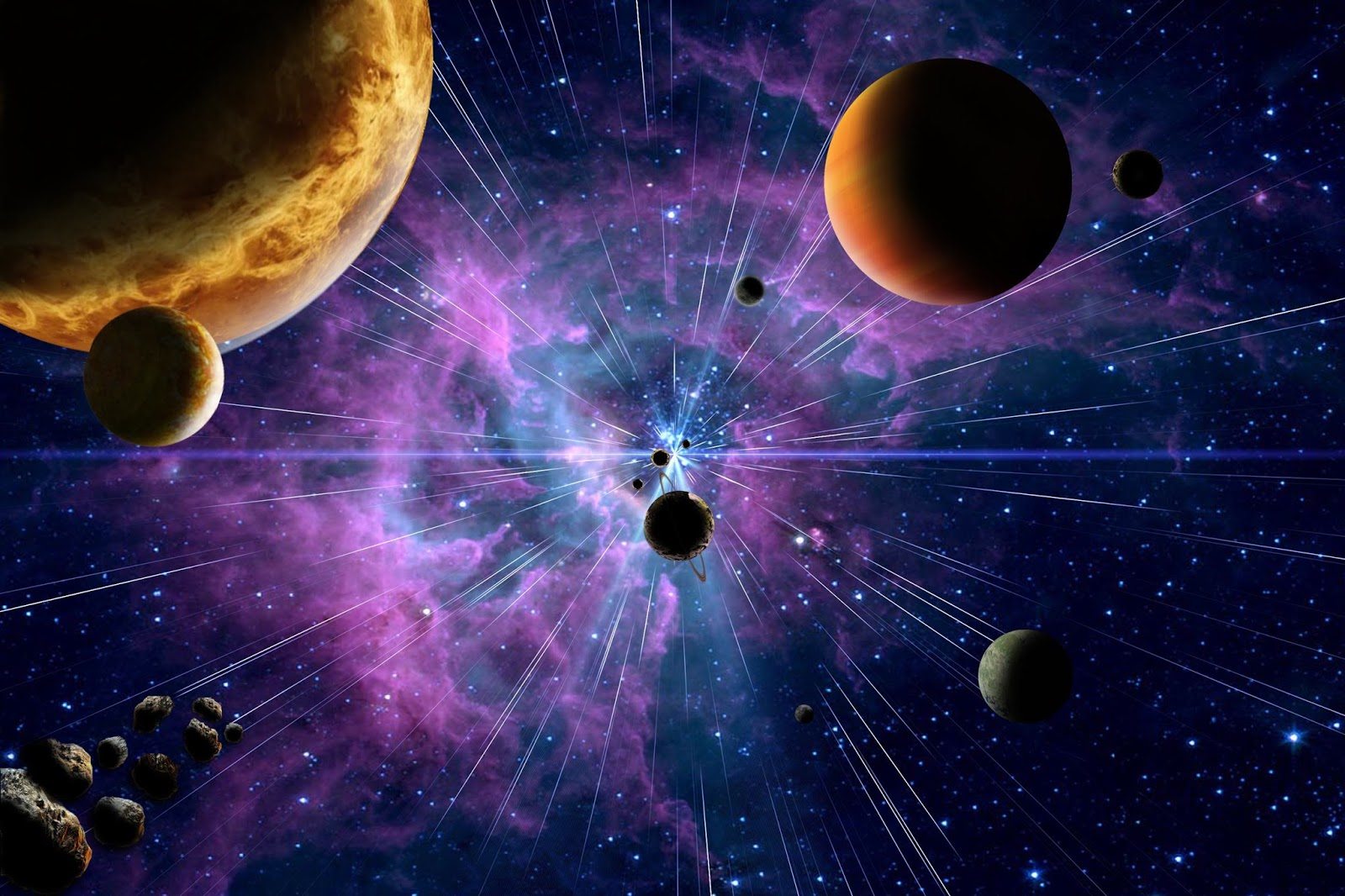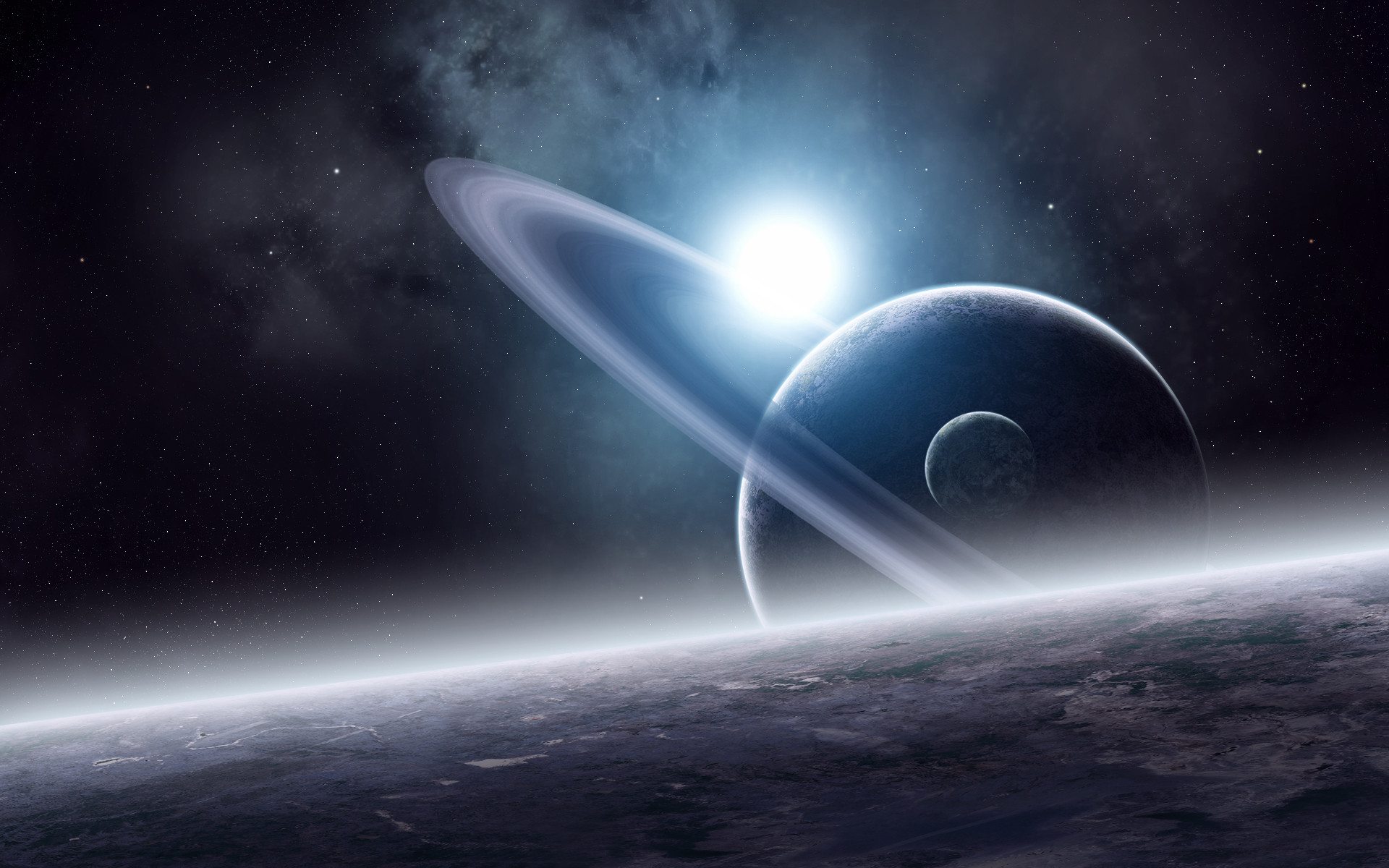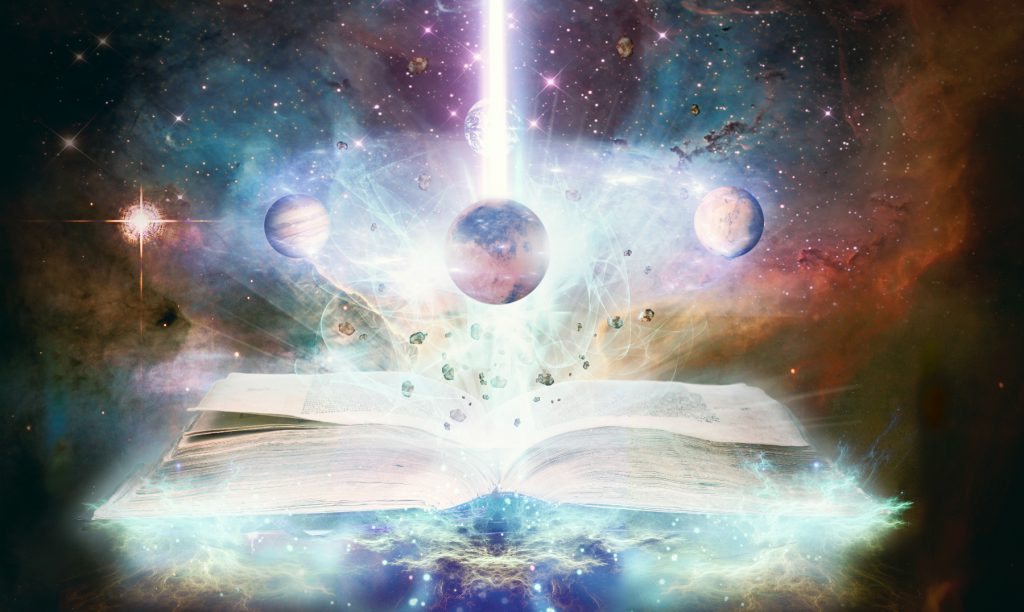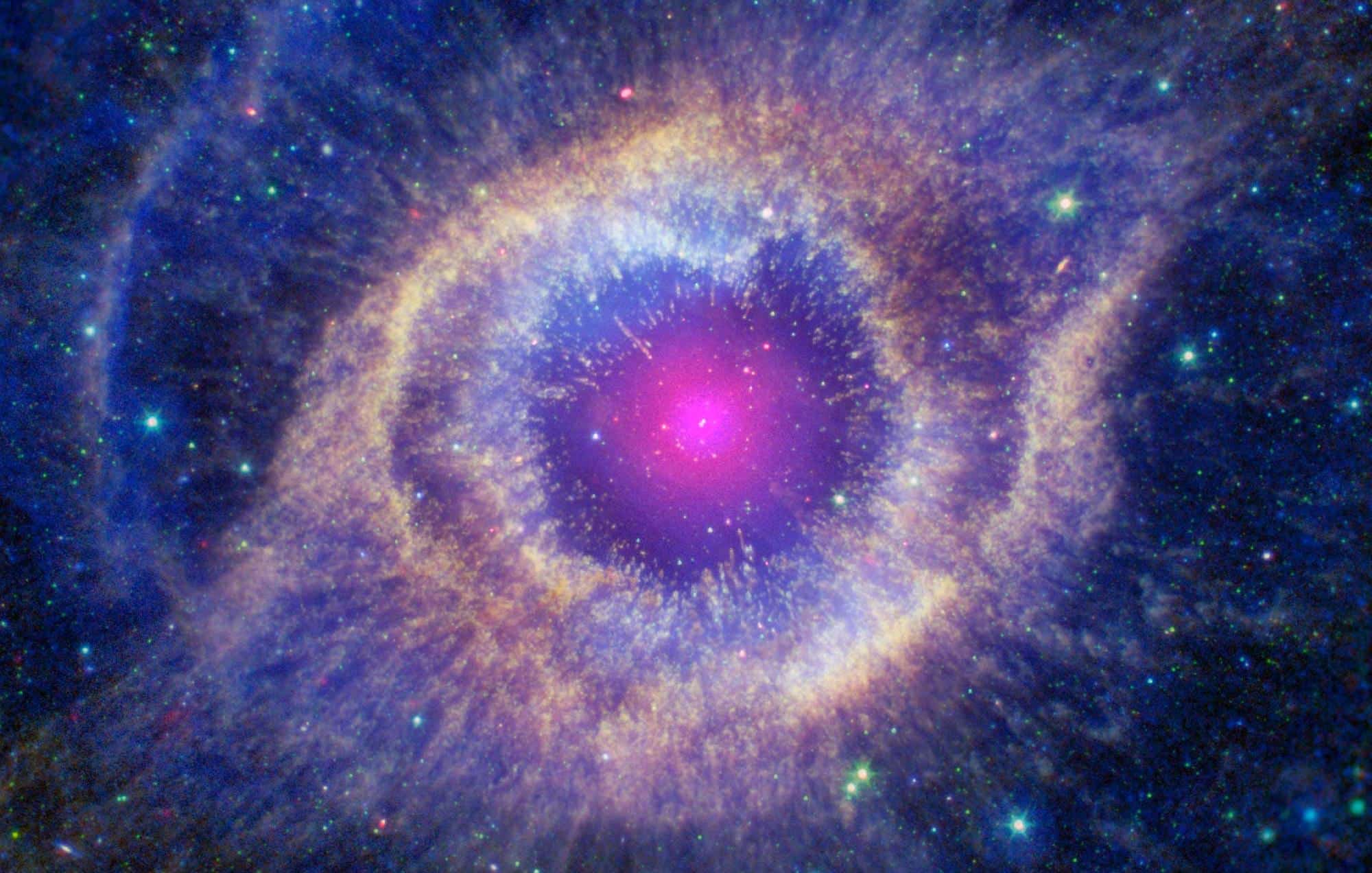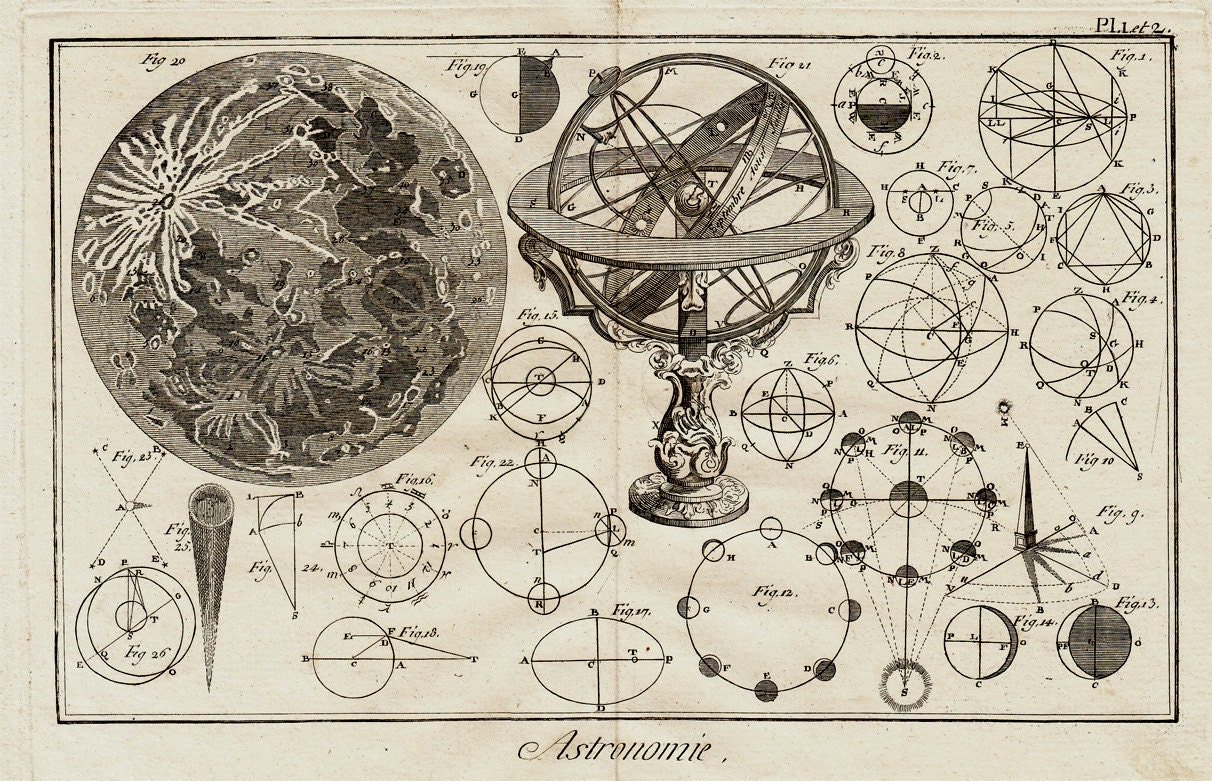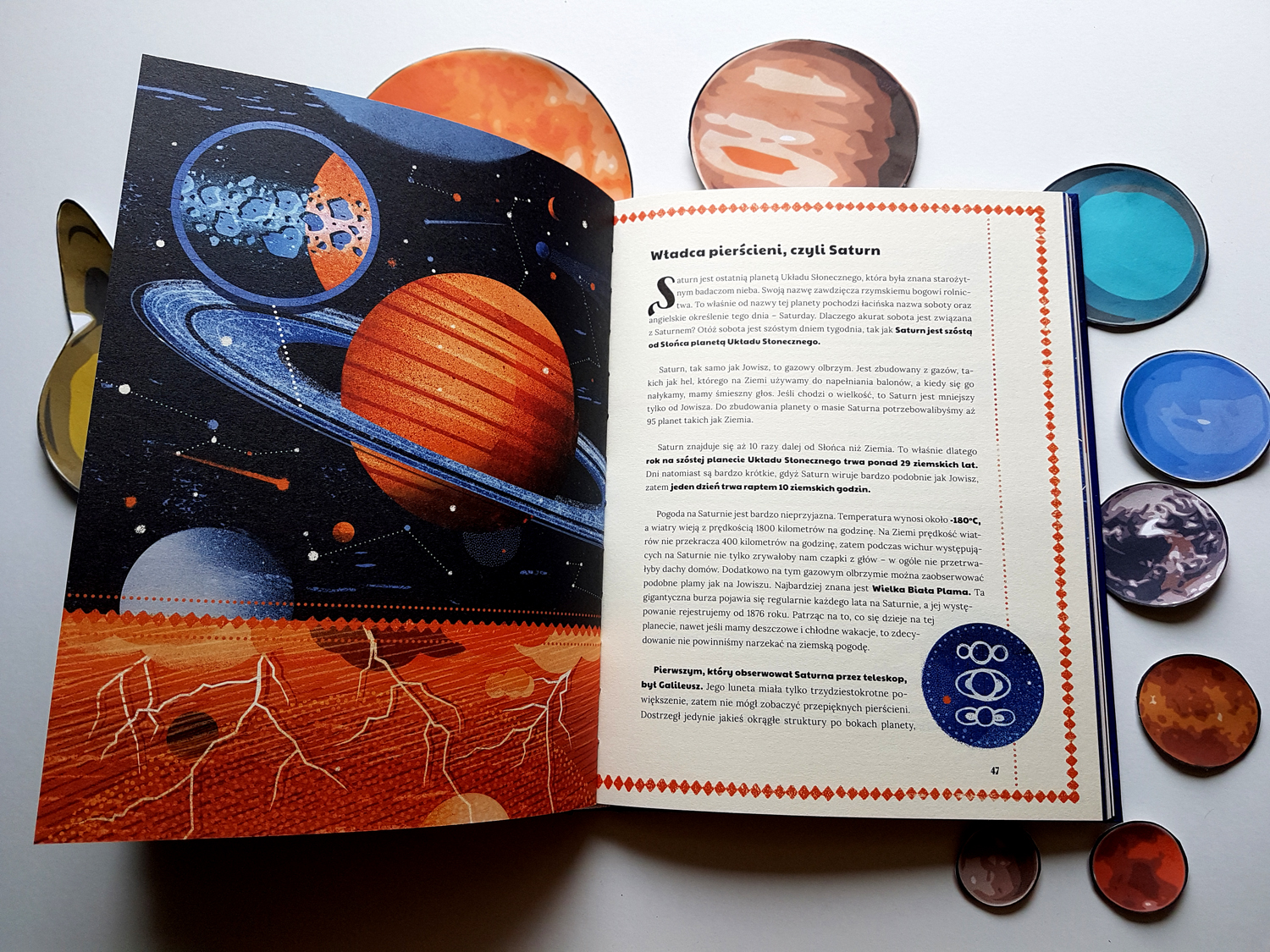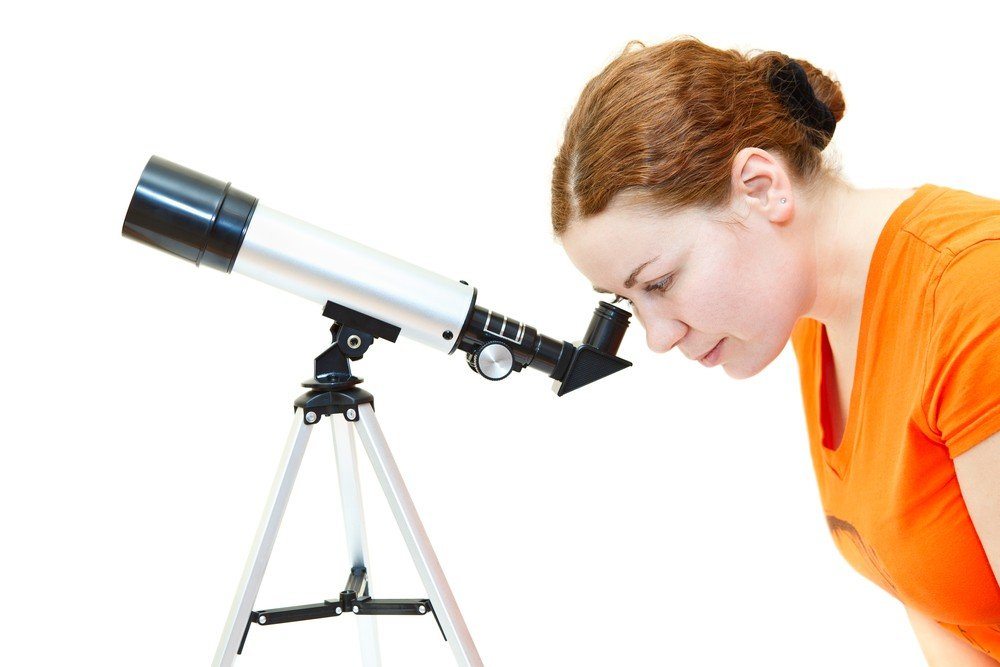Astrophysics and its contributions to humanity
The becoming of history has shown that the sciences can collaborate with each other. La astrophysics is one of them. This union has the purpose of taking relevant aspects of the convergent sciences to tend to reach deeper studies in favor of humanity.
It is defined as that branch of astronomy that has the purpose of studying the properties, origin and evolution of the stars. To take this mission forward, use the methods and laws of physics. Astrophysics is an experimental science based on the observation of all stellar bodies.
Relevant scientific studies agree that chemistry and physics, as they are sciences of a universal nature, have a wider application of the terrestrial atmosphere. This argument gives importance to the disciplines that revolve around astrophysics.
Astrophysics in History

Astronomy and astrophysics transited along separate paths. Both mathematicians and physicists merged both scientific strands due to their undeniable similarities. Today it is not possible to understand astronomical phenomena without understanding physical phenomena. Here are its historical features:
· Joseph von Fraunhofer
Astrophysics was actually born in the 19th century with the best contributions by the German Joseph Von Fraunhofer. This scientist carried out a series of observations on the light of the sun. He could notice that the spectra when crossing the spectroscope had vertical lines.
These features studied, observed and analyzed by Von Fraunhofer are like huellas of chemical elements that are found in the solar system. In this way, the study of the chemical composition of the lejanas estrellas and their classification was born.
The advances of this distinguished German scientist did not have the success of not being by the creation of the spectroscope. This device has the purpose of establishing if a body is electrically charged. His invention is attributed to chemists Kirchhoff and Bunsen.
· Gustav Kirchhoff
Another of the scientists who gave their knowledge about astrophysics was the German physicist born in Berlin, Gustav Kirchhoff. His studies focused on the fields of electrical circuits, optics, the spectroscope and the radiation of black bodies.
Kirchhoff noted that the black lines observed in the rays of light through the spectroscope belong to chemical elements of the solar atmosphere. This statement turned into a fundamental assumption that the material that makes up the celestial objects is the same as the mass of terrestrial objects.
· Huggins and Miller
This London peer has the opportunity to bring forward a series of investigations that are more relevant in the field of astrophysics. Huggins was able to observe the absorption and spectrum lines of various celestial bodies. He was the scientific primer in differentiating the nebulae from the galaxies.
In his studies he established that some galaxies had spectra of gases and others of stars; he tried to measure the radial velocity of the stars. His wife Margaret Huggins was a photographer and astronomer and helped to record his discoveries. Both carried out great investigations.
Sir Huggins worked with William Miller who was a noted London chemist. These astrophysics scientists stood out together in electroscopy and in the composition of the stars. They were cataloged as very advanced for their time.
· Edward Charles Pickering
This Massachusetts-born American astronomer developed studies in astrophysics in the company of three ladies. I was able to observe and analyze more than 10 thousand stars and their spectra. With his companions, they classified the stars in different categories and types.
Pickering discovered the called electroscopic binary stars and also carried out studies on the magnitude of the astros. Likewise, he gave to know the planetary satellites and the most brilliant asteroids. In his honor he placed his name as one of the lunar craters.
Scope of study of astrophysics
Like all experimental sciences, astrophysics has its bases cemented specifically in observation. This method is developed through large telescopes that allow to obtain images of great quality. Their captures can focus the light and the temperature of the celestial bodies.
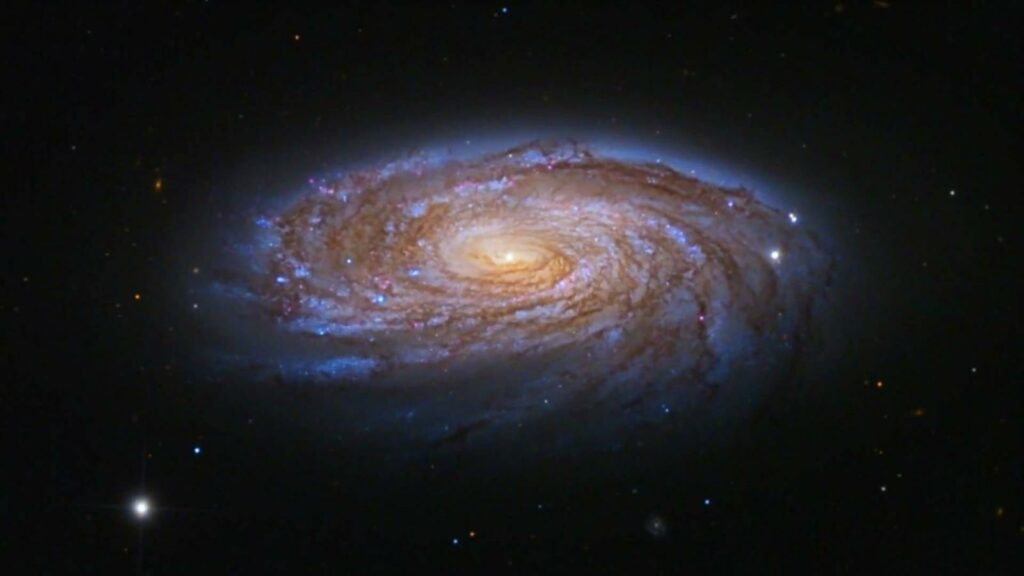
In addition to the observation, astrophysics takes theories and physical hypotheses of the stars and the structure of the clouds, the gases and cosmic octopuses. Among the most salient aspects of the astrophysics study, they can be identified with the greatest impact. Ellos are:
1. The solar system
The solar system is understood to be that set of stars and celestial matter that rotate in an orderly manner around the sun. It is located on the Milky Way Call. Astrophysics has the purpose of determining how this system is composed and its relationship with the other systems of the galaxy.
2. The stars
Suelen is defined as those luminous stars full of plasma that manage to maintain their form due to their own seriousness. The internal composition of the stars and the gamma rays achieves the attention of the most scientific experts in astrophysics.
3. The structure of the galaxies
The galaxies are accumulations of gases, octopuses, stars, solar systems that manage to gather and group by means of gravity. Thus, as the study of the galaxies as a whole is in charge, it also has the purpose of studying the central point of each one of them.
Astrophysics in the current world
Today’s world in full siglo XXI is full of undeniable technological advances hechos por y para el ser humano. Launch of the invention of artificial satellites, the arrival of the human being to the Luna, the launch of space probes, the world is another. Today, one could not conceive of a planet without advances in technology.
All and each of the different sciences that extend their studies beyond our terrestrial orbit, are and will be more exact. Astrophysics in communication with astronomy, chemistry, mathematics and physics as complements and supporters in their advances.
At every moment, the observation is leaving records of great importance by means of the most advanced telescopic devices. The photographs, the constant communication at the satellite level of each country demonstrates the afán del hombre en descubrir el mundo. Science and its technological achievements underline the human mind.
